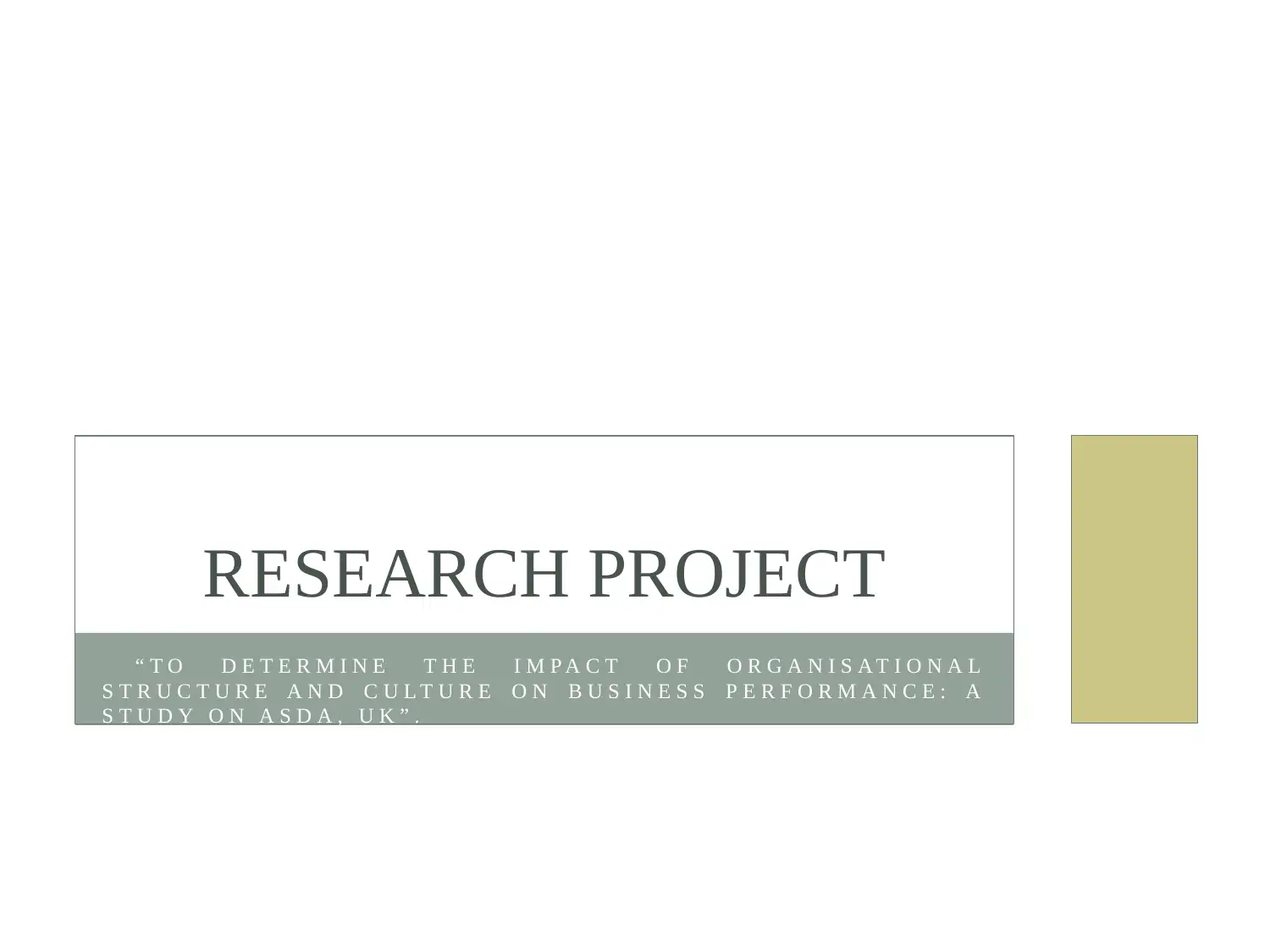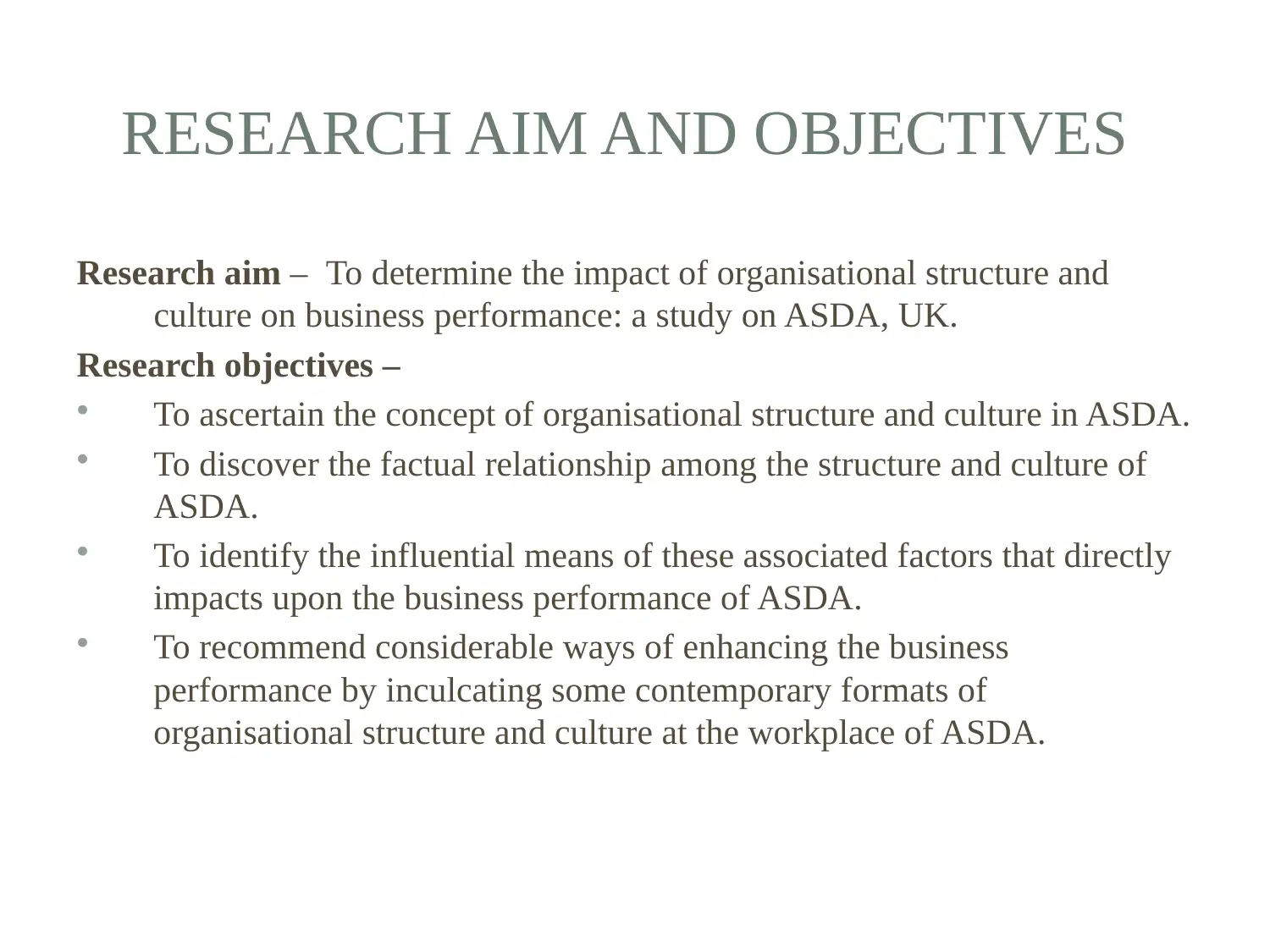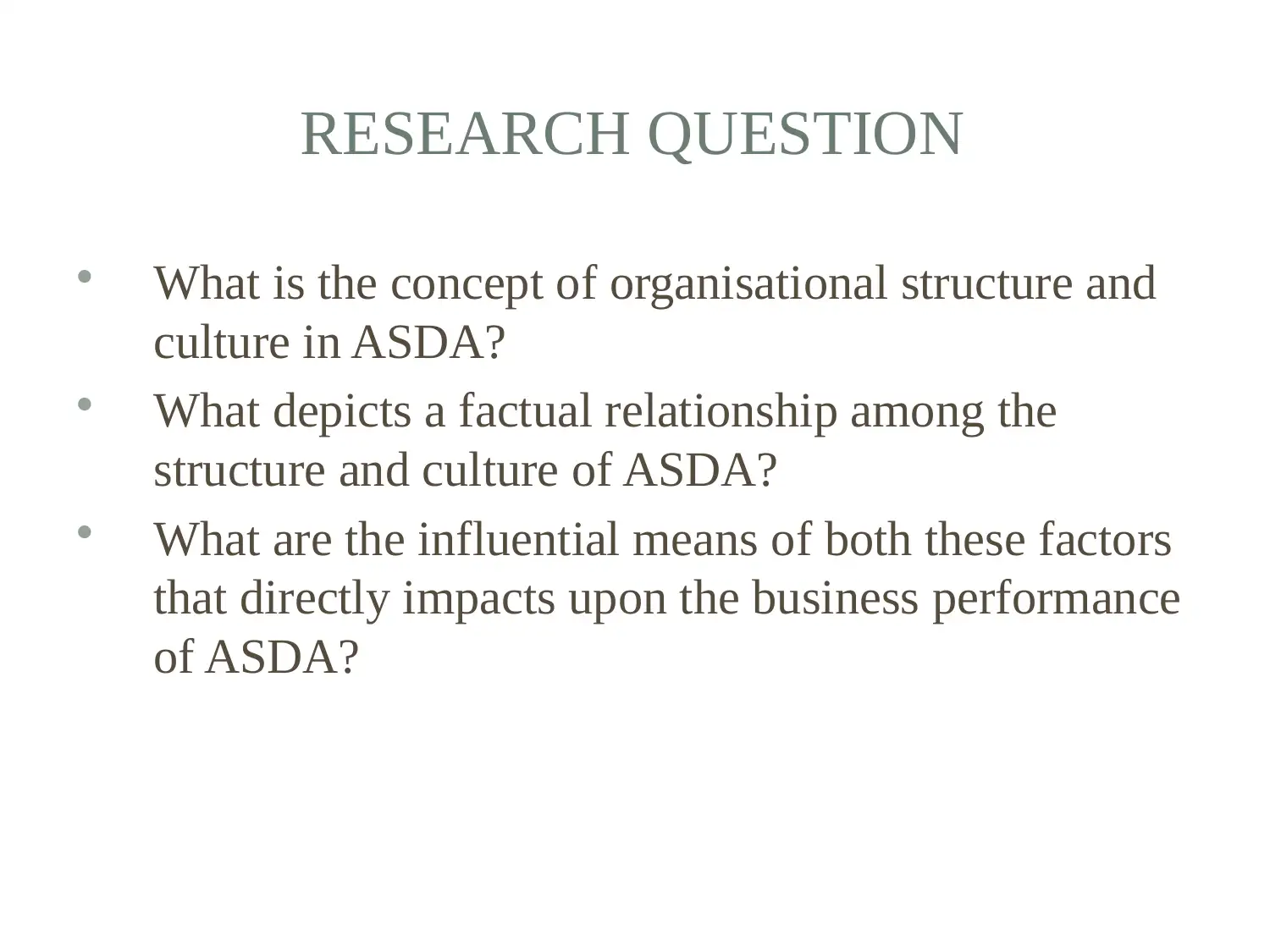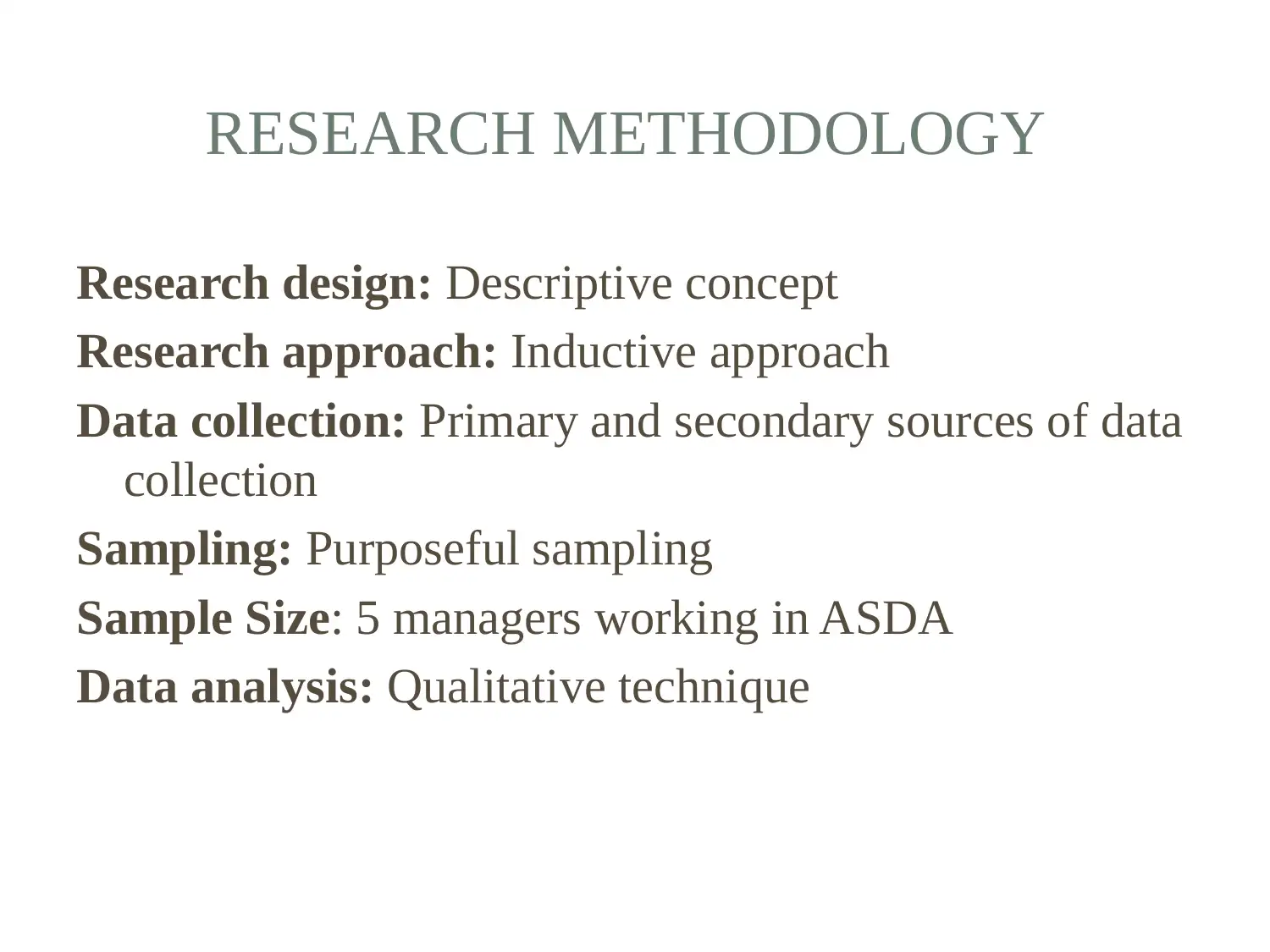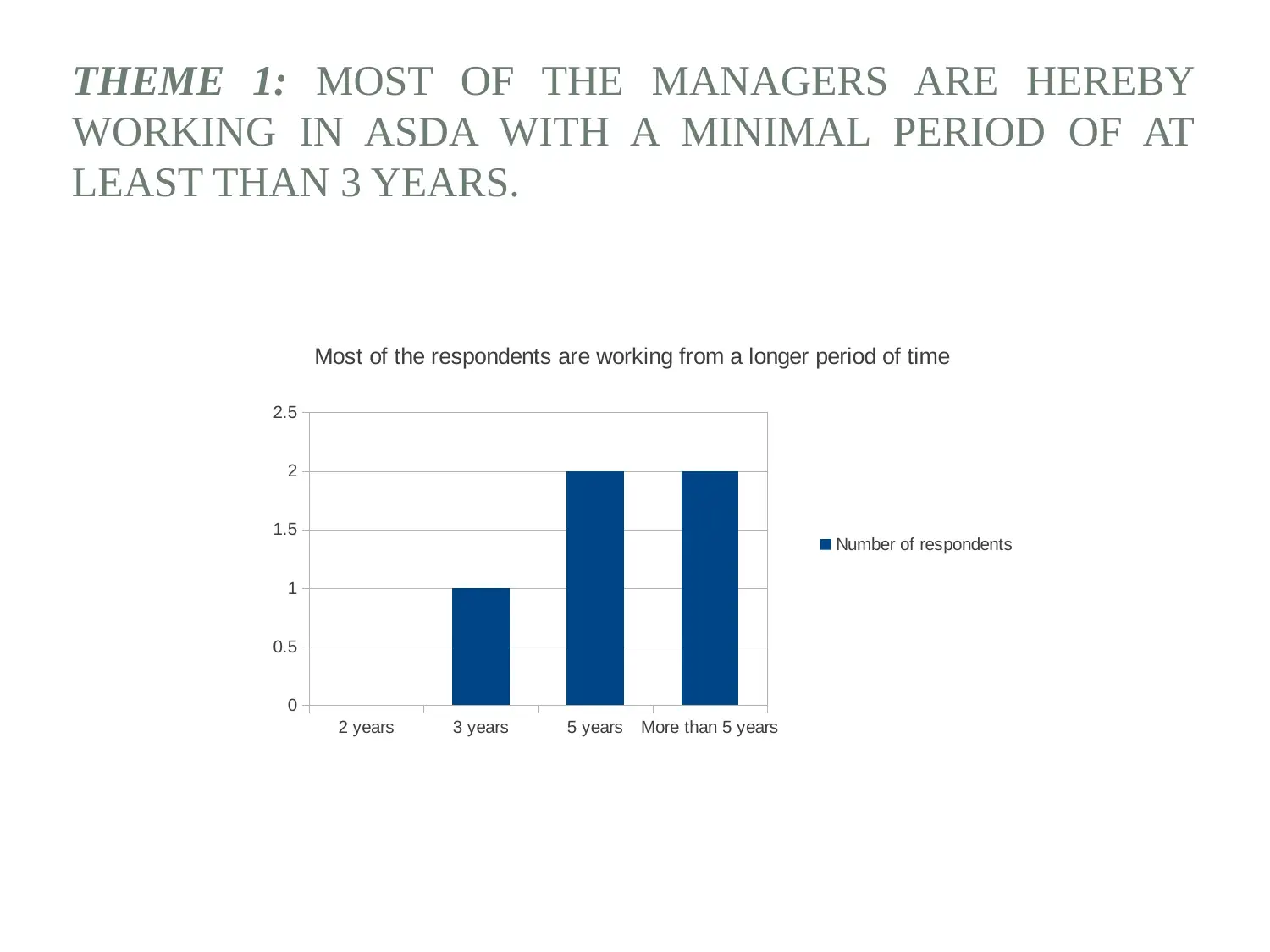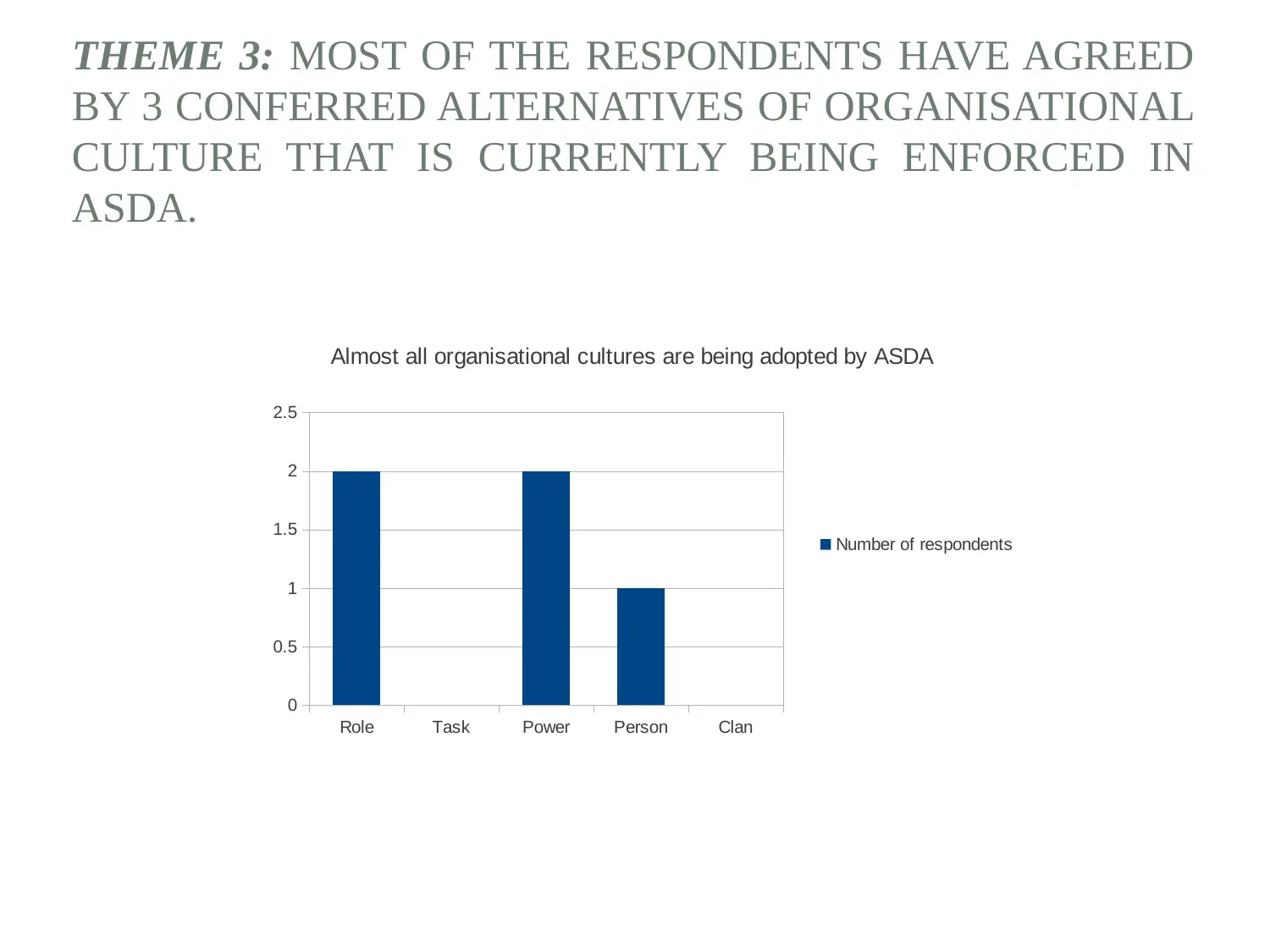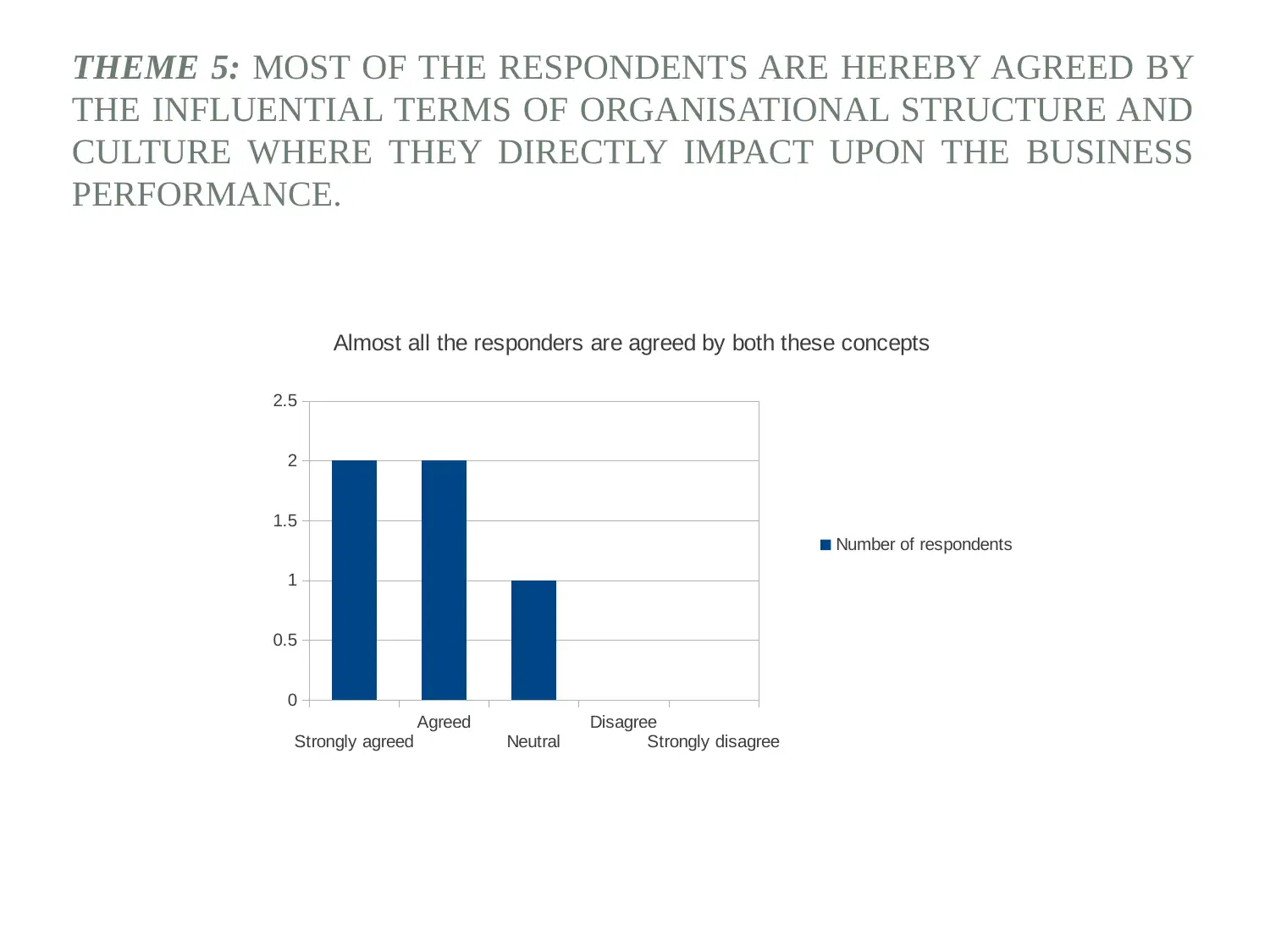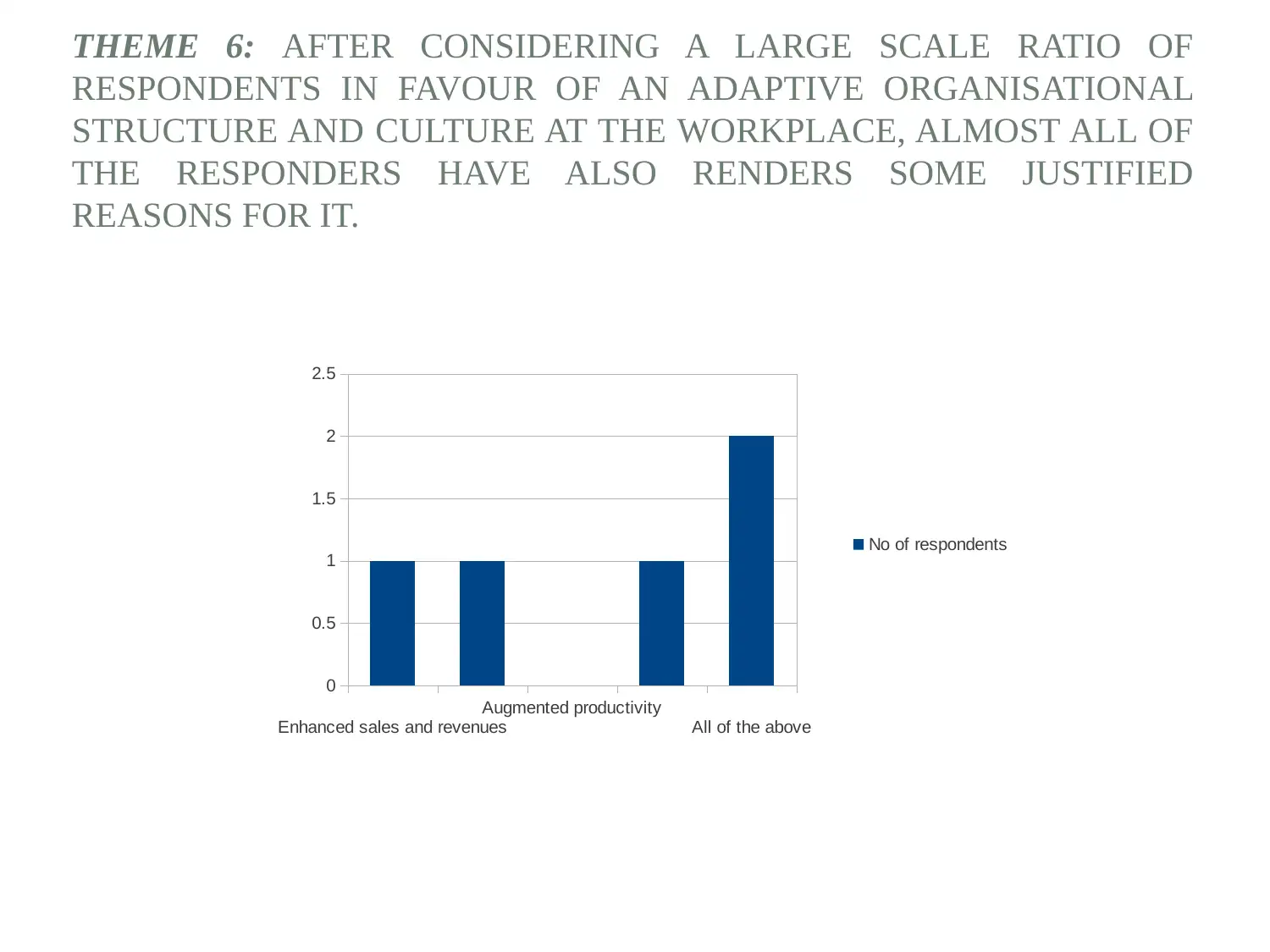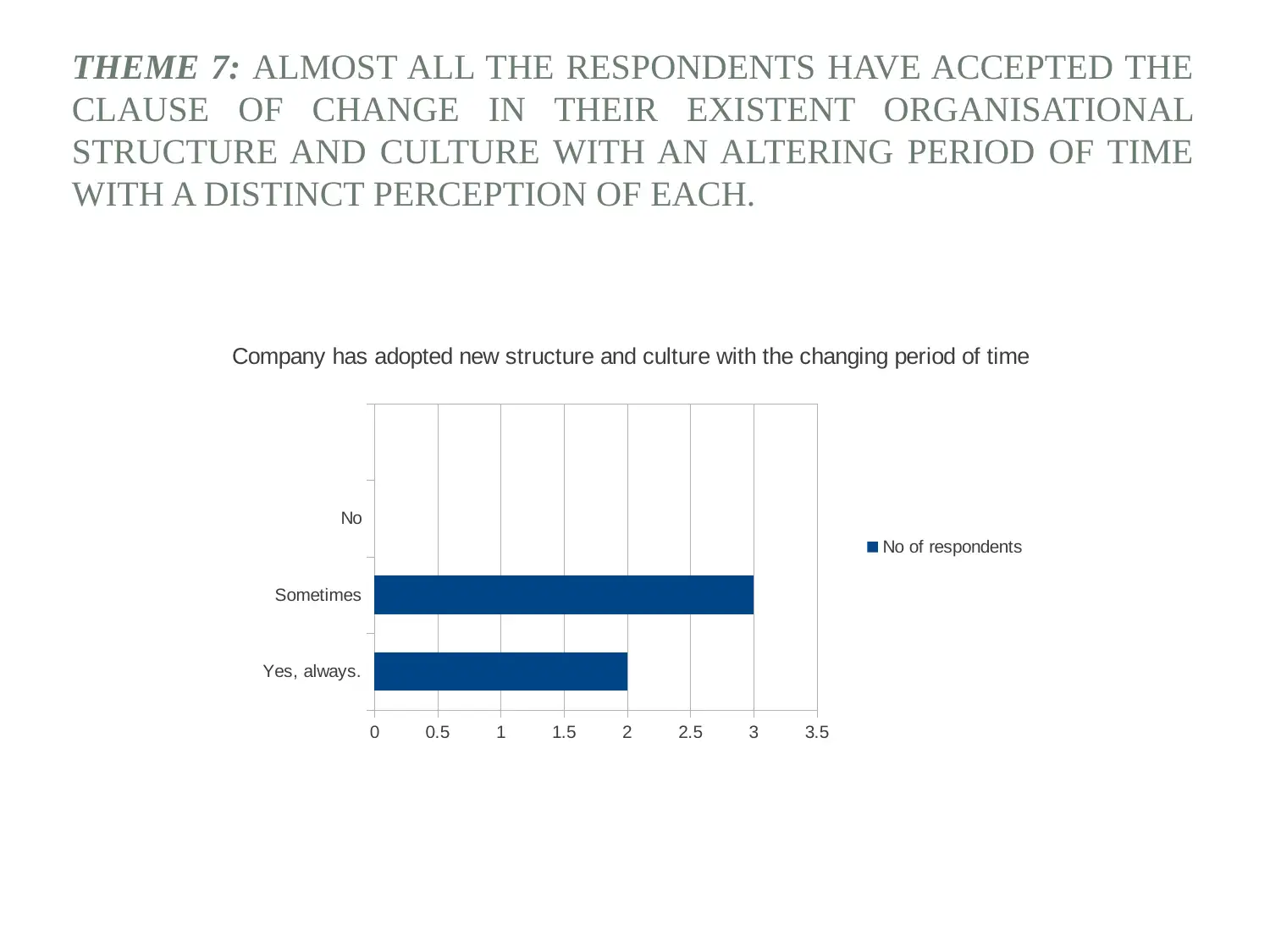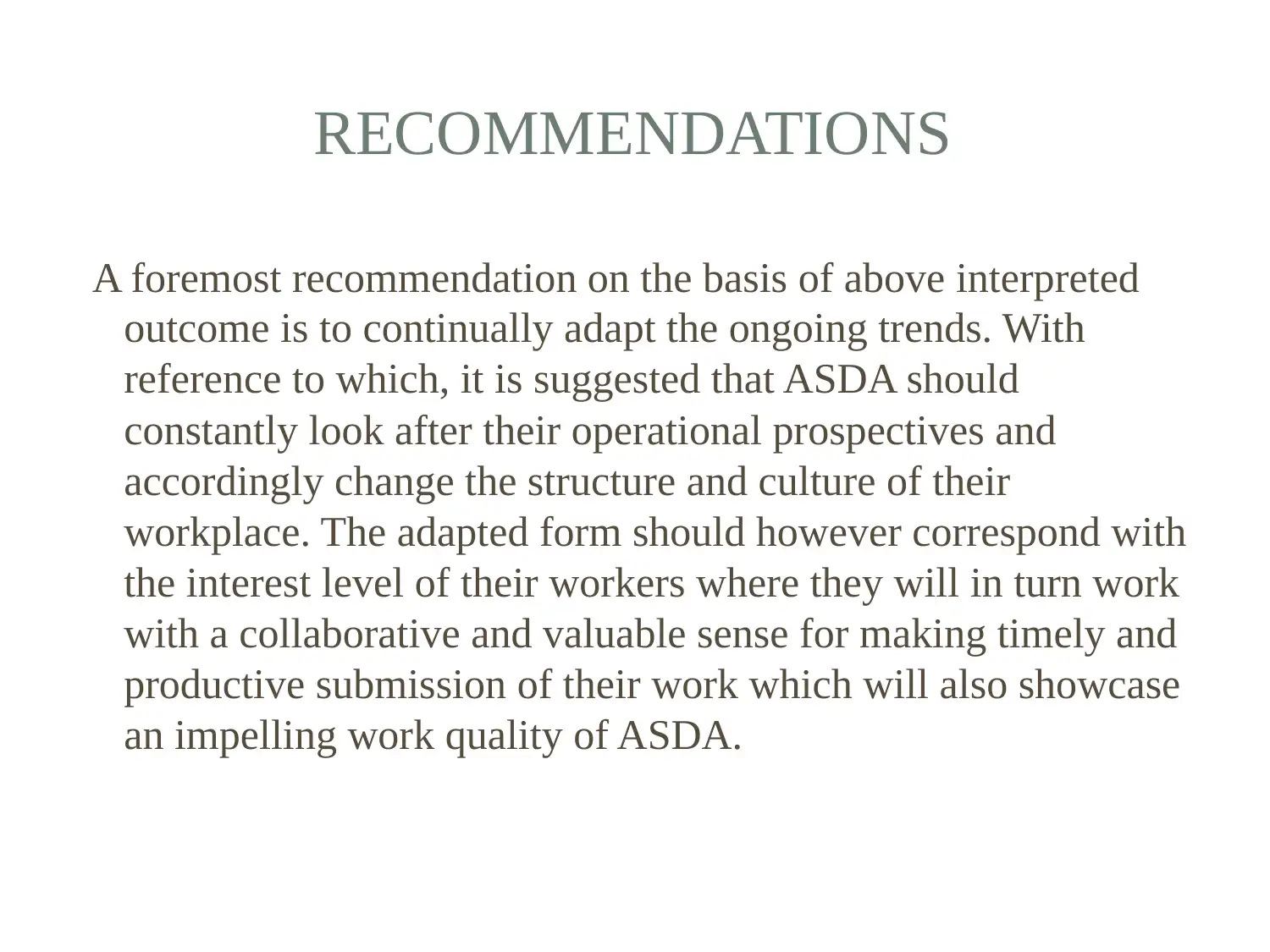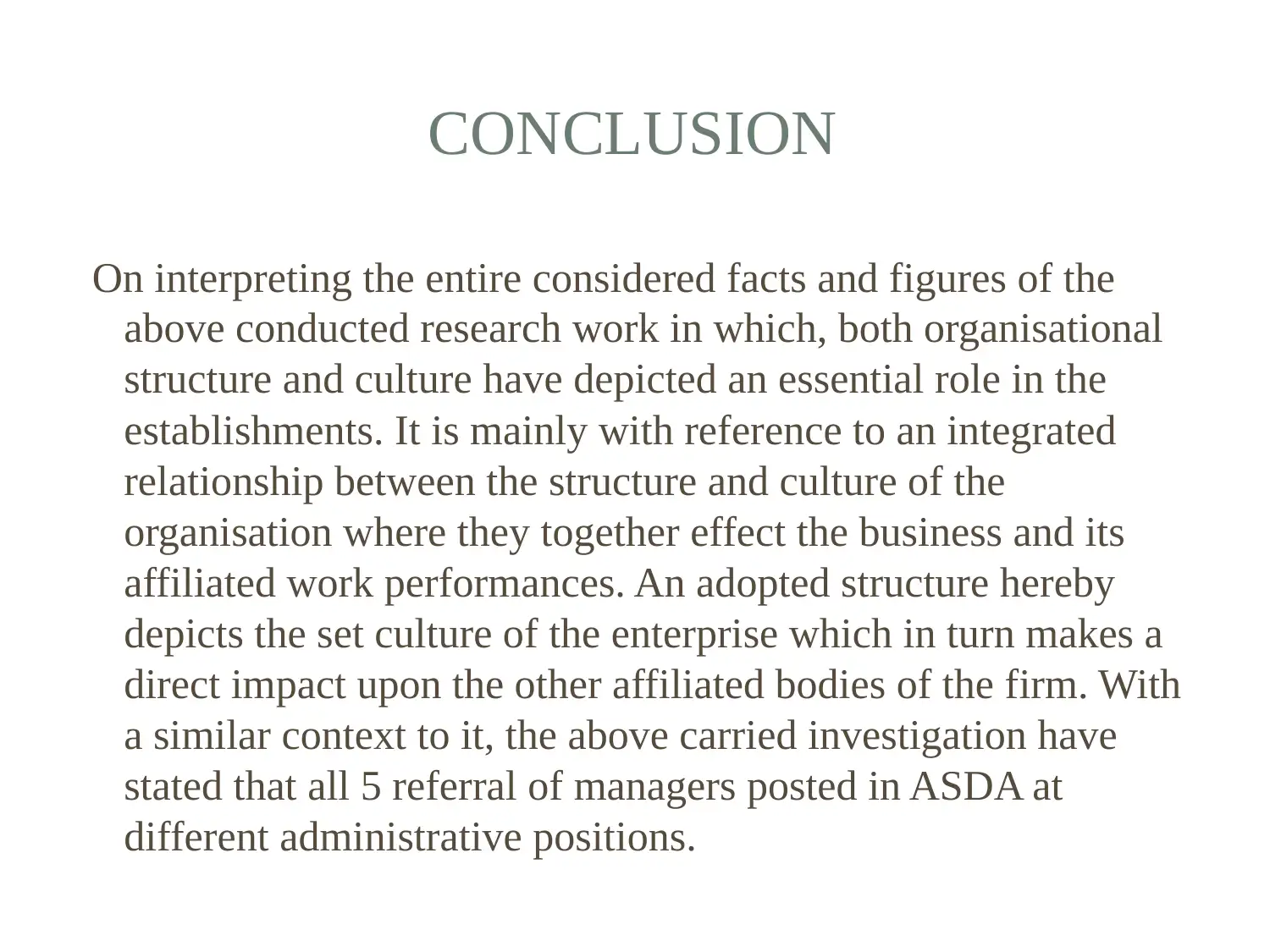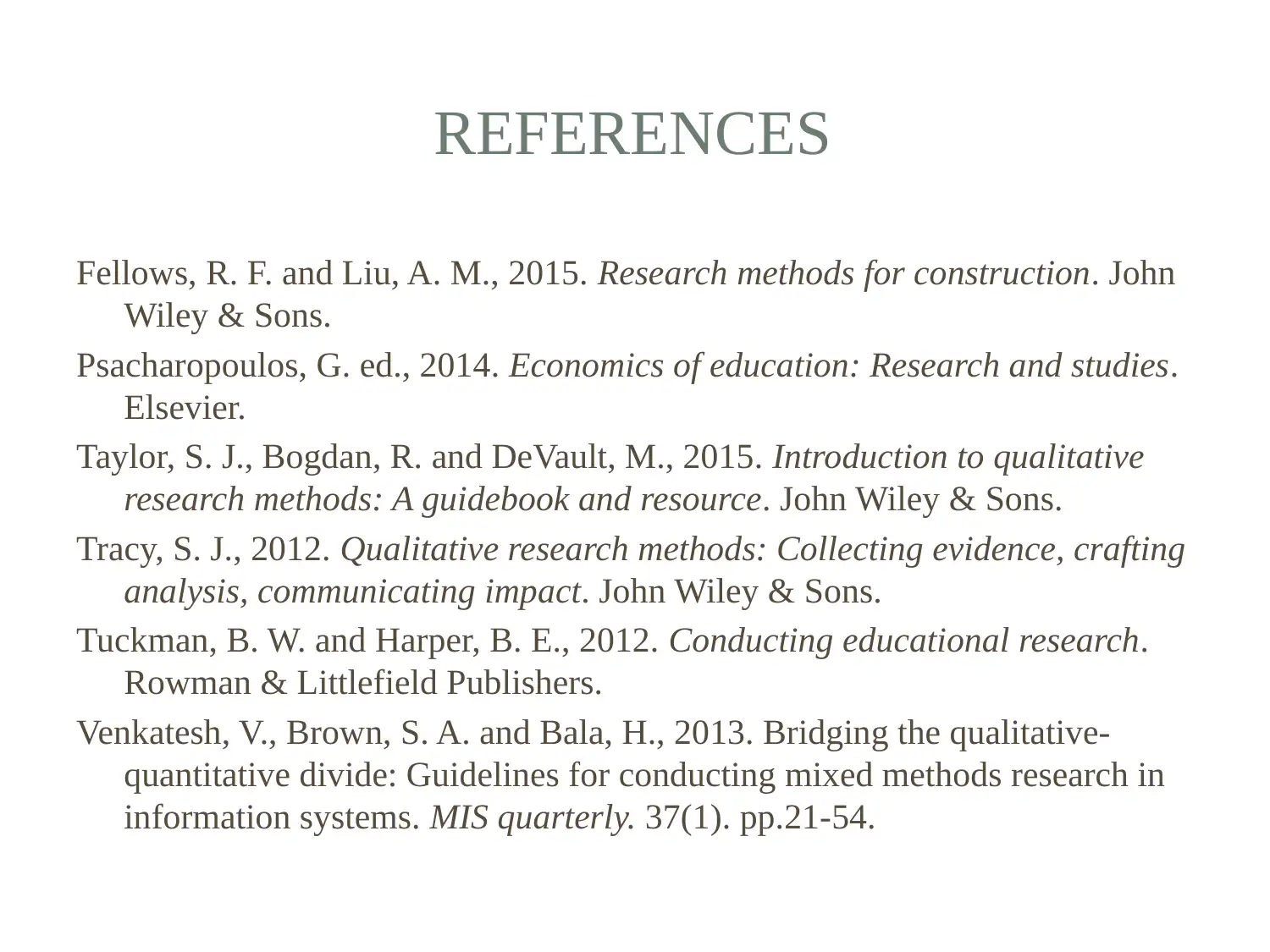Impact of Organisational Structure and Culture on Business Performance: A Study on ASDA, UK
VerifiedAdded on 2023/04/19
|15
|1008
|126
Presentation
AI Summary
This presentation explores the impact of organisational structure and culture on business performance, focusing on a study conducted on ASDA, UK. It discusses the concept of organisational structure and culture, their relationship, influential factors, and recommendations for enhancing business performance.
Contribute Materials
Your contribution can guide someone’s learning journey. Share your
documents today.
1 out of 15
![[object Object]](/_next/static/media/star-bottom.7253800d.svg)
